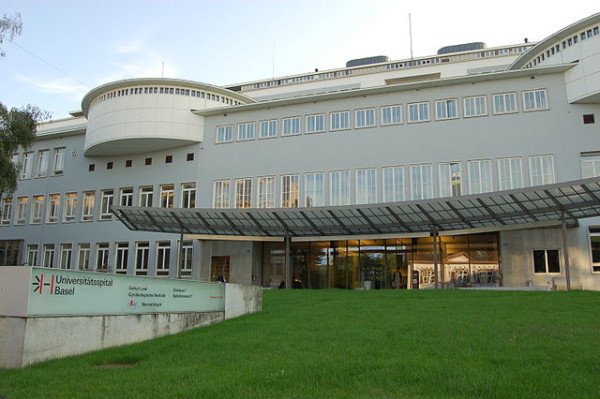To read the other parts of the series:
- Part 1: The Beveridge Model
- Part 2: The National Health Insurance Model
- Part 4: The Out-of-Pocket Model
In 1883, Prussian chancellor Otto von Bismarck created the Bismarck Model as a social welfare measure for German unification. His national health care model was based on three principles:
- The government is responsible for universal access to health care.
- Health policy is implemented by the smallest political and administrative units in society.
- Elected government officials negotiate the terms of medical care and reflect the interest of different medical professions
In the Bismarck model, the insurance system is financed jointly by employers and employees through payroll taxes, called “sickness funds.” These taxes are directly deducted from paychecks. The United States has adopted a form of the Bismarck model of health care. Most Americans who are employed but not yet eligible for Medicare receive health insurance coverage from their employers as a benefit of employment. However, this approach is not as advanced as the German version because employers limit the list of health insurers that employees can use. Unlike the United States, where employers provide a narrow selection of health insurers employees can choose from, German employees have the option of choosing from over 200 types of sickness funds to pay into.
Image Source: Steffen Kugler / Stringer
Although countries who employ this model are home to mostly private hospitals and physicians, the Bismarck model is designed for every citizen to be covered and does not aim to make a profit. Private insurance companies, which are required to be non-profit, exist for self-employed citizens and those who wish to receive elective services not covered by “sickness funds.” This financial implementation makes the Bismarck model a multi-payer system. However, these insurance companies are also heavily regulated by the government. The fact that insurance companies are non-profit and heavily regulated, in addition to fixed-price procedures, controls costs and keeps them low.
In Germany, patients have the ability to choose low-cost drugs at no personal cost or pay the difference if they choose higher-cost drugs. Allowing patients to control which medications they wish to purchase both creates competition in the drug industry and keeps the cost of drugs affordable. The price of procedures are negotiated between state representatives and medical associations to make sure the price of procedures and medications are the same throughout the country. Other countries that have adopted forms of the Bismark Model include Japan, Switzerland, France, Belgium, the Netherlands, and parts of Latin America.
Pros:
- Individuals do not need to worry about being uninsured or going broke from expensive health care bills.
- Compared to the US, the administrative costs of this model are much lower.
- There is little waiting time to receive primary care services.
Cons:
- The focus on low costs and efficient care means there are less health care services available for citizens living in rural areas.
- Mandatory employment taxes are high in order to keep health care affordable.
- There are longer waiting times for patients to receive elective secondary and tertiary services.
In the next and final part of this series, I will be explaining the Out-of-Pocket Model.
Featured Image Source: “Universitaetsspital Basel” by Taxiarchos228 is licensed under CC BY-SA 3.0










